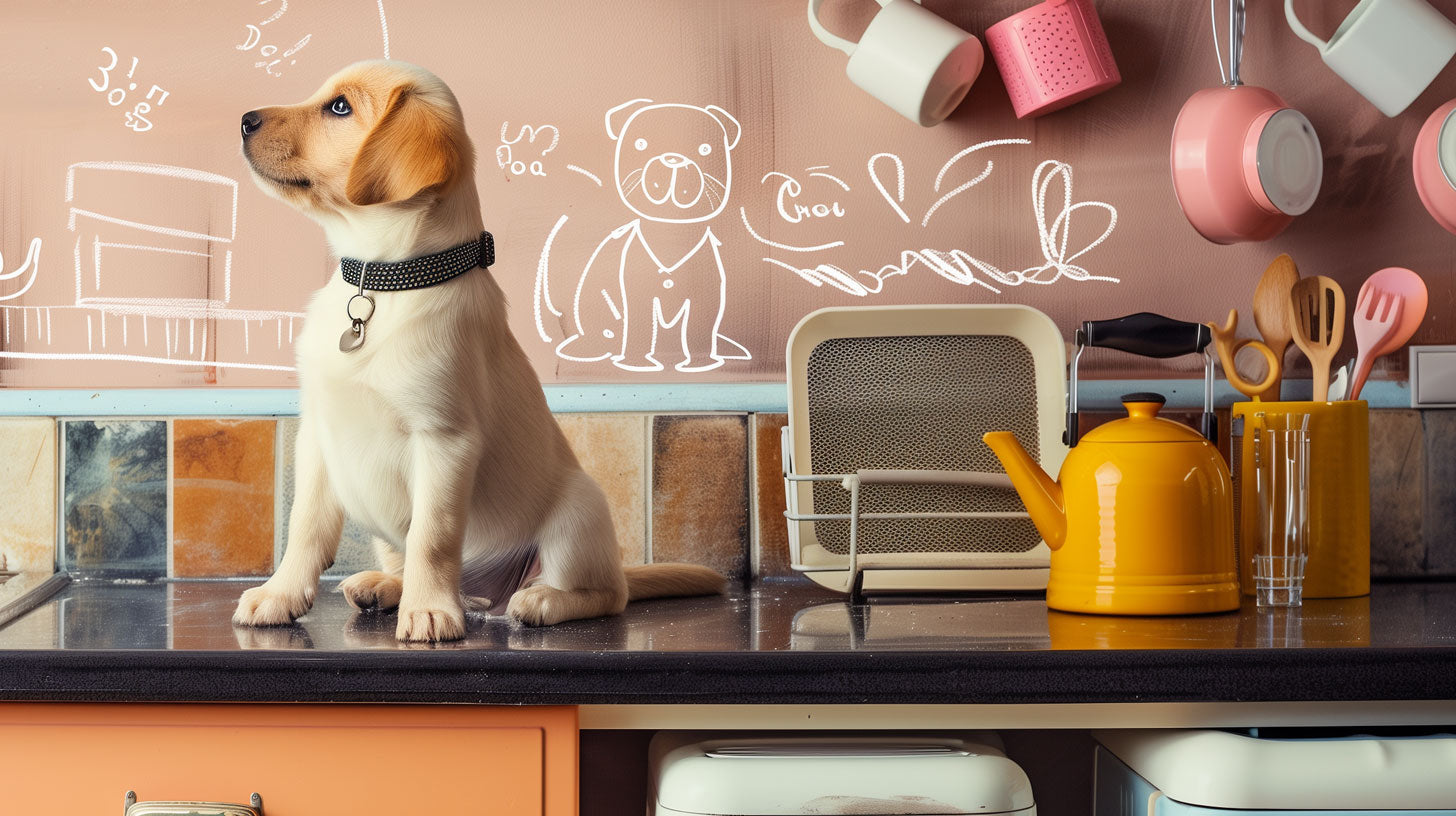Bringing a new puppy into your home is an adventure filled with laughter, joy, and, inevitably, a few challenges. Among these, potty training stands out as a critical task that can shape your future life with your furry friend. It's a process that requires patience, consistency, and understanding, but the rewards of a well-trained puppy are immense. This guide aims to equip you with tips, tricks, and knowledge to navigate the potty training journey effectively, making it a positive experience for both you and your puppy. By establishing good habits early on, you'll lay the foundation for a happy, healthy relationship with your pet.
The Ultimate Guide to Puppy Potty Training: Tips and Tricks for New Pet Parents
Establishing a Routine
A consistent routine is your best ally in the potty training process. Puppies, much like human infants, thrive on predictability. Establishing a strict schedule for eating, playing, and going potty can significantly ease the training process. The first step is to determine the times of day your puppy is most likely to need to go—typically after waking up, after eating, and after playing.
Creating a schedule and sticking to it teaches your puppy to expect certain things at certain times, including bathroom breaks. This anticipation helps reduce accidents and speeds up the training process. For example, take your puppy outside first thing in the morning, after each meal, after naptime, and right before bedtime. Always take them to the same spot to do their business, as the scent will prompt them to go.
During these outings, patience is key. Your puppy might take a few minutes to get comfortable and find the perfect spot. Once they do their business, immediate praise and a small treat can work wonders in reinforcing this positive behavior. Remember, consistency in your routine and responses will help your puppy understand what's expected of them more quickly.
Choosing the Right Spot
The right potty spot is crucial for successful potty training. This spot should be easily accessible, safe, and somewhat sheltered, allowing your puppy to feel comfortable and secure. Initially, you'll need to lead your puppy to this spot on a leash, using a consistent command like "go potty" to help them make the connection between the command and the action.
Choosing a spot that's too far away from your living area or too exposed can make your puppy hesitant to use it, especially in bad weather. On the other hand, a spot that's too close to their play or feeding areas might discourage them from using it, as dogs naturally prefer to keep their eating and elimination areas separate.
Observing your puppy's preferences can also guide you in choosing the right spot. Some dogs prefer grassy areas, while others might opt for dirt or gravel. The key is consistency once you've identified a spot that works for both of you, stick to it. Over time, your puppy will start heading to the spot on their own whenever they need to go.

The Role of Training Aids
In the arsenal of potty training tools, training aids can be incredibly helpful. These include treats, bells, and pee pads. Treats serve as a positive reinforcement tool, rewarding your puppy for going potty in the correct spot. Choose small, tasty treats that you only use for potty training rewards, making them a special incentive for your puppy.
Pee pads, especially, play a dual role. They can be a temporary solution for young puppies who can't yet hold it for long periods or a backup for adult dogs during extreme weather conditions. Buddy's Best Washable Pee Pads are designed for such scenarios. Their ultra-absorbent, non-slip features make them ideal for keeping your home clean and odor-free. Placing them near the exit to your home can help transition your puppy from going indoors to outdoors, as they learn that going potty near the door is the first step to going outside.
However, it's crucial to use these aids wisely. Relying too heavily on pee pads, for example, can confuse your puppy about where it's okay to go. The goal is to gradually phase out the pads as your puppy becomes more comfortable and capable of holding it until they can go outside.

Dealing with Accidents
Despite your best efforts, accidents will happen. It's an inevitable part of the potty training process and not a reason for punishment. Reacting negatively to accidents can cause anxiety and fear in your puppy, making the training process more difficult. Instead, focus on preventing accidents before they happen by recognizing the signs that your puppy needs to go and maintaining a consistent schedule.
When accidents do happen, clean them up quickly and thoroughly. Use an enzymatic cleaner designed for pet messes, as it breaks down the odor-causing bacteria, preventing your puppy from being attracted to the same spot again. Always avoid ammonia-based cleaners, as their smell resembles



